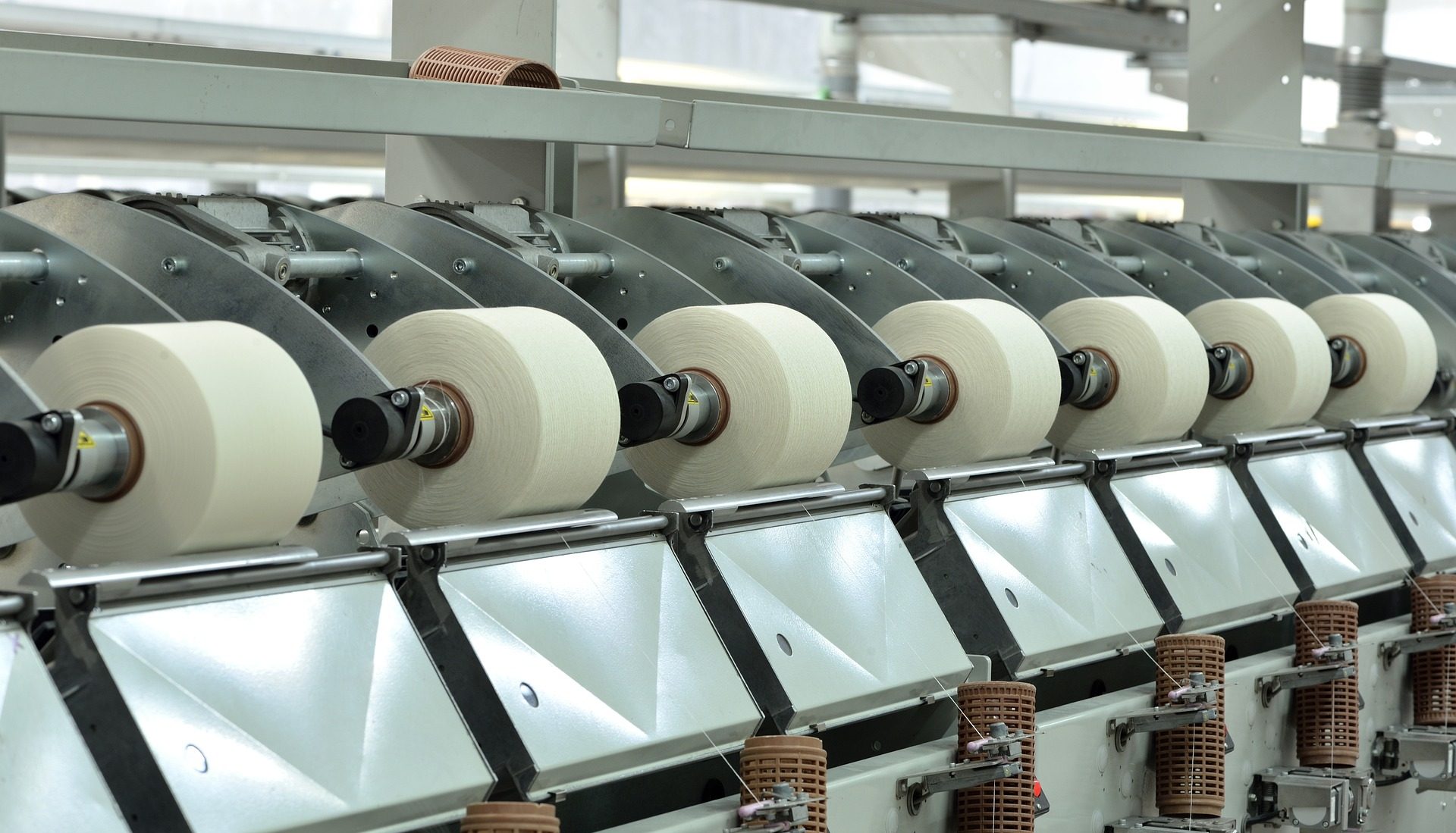What is reshoring and nearshoring?
Reshoring and nearshoring are two strategies that aim to bring back manufacturing activities closer to the markets where the products are sold. Reshoring means relocating production from a foreign country to the domestic one, while nearshoring means relocating production from a distant foreign country to a nearby one.
Both reshoring and nearshoring can offer benefits such as reducing transportation costs and lead times, improving quality and customer service, enhancing flexibility and responsiveness, increasing innovation and sustainability, and creating jobs and economic growth.
Why is nearshoring and reshoring under consideration in USA and Europe?
The COVID-19 pandemic exposed the vulnerabilities and risks of relying on long and complex global supply chains, especially for essential goods such as personal protective equipment (PPE), medical devices, and pharmaceuticals. The pandemic and Ukraine war also disrupted trade flows, logistics operations, consumer demand, and labor availability, causing delays, shortages, and price fluctuations.
In addition, the pandemic has accelerated some trends that were already challenging the traditional offshoring model, such as rising labor and energy costs in low-cost countries, increasing trade tensions and protectionism, growing consumer expectations for speed and customization, and rising awareness of social and environmental issues.
As a result, many companies in USA and Europe are reconsidering their sourcing strategies and exploring the possibilities of reshoring or nearshoring some of their production activities to reduce their dependence on distant suppliers and increase their resilience and competitiveness.
What are challenges and opportunities in reshoring and nearshoring textile industry in USA and Europe?
The textile industry is one of the most globalized and fragmented industries in the world, with multiple stages of production spanning across different countries. The industry has been heavily offshored to low-cost countries such as China, Bangladesh, Vietnam, Pakistan, and India, which have dominated the global textile market with their abundant labor force, low wages, lax regulations, and government subsidies.
However, the textile industry was also one of the most affected by the COVID-19 pandemic, as many factories were forced to shut down or operate at reduced capacity due to lockdowns, health measures, or lack of orders. Moreover, the industry is facing increasing pressure from consumers, regulators, and stakeholders to improve its social and environmental performance, as it is responsible for significant impacts such as water pollution, greenhouse gas emissions, waste generation, human rights violations, and labor exploitation.
Therefore, reshoring or nearshoring some textile production activities could offer some opportunities for USA and Europe to revitalize their domestic textile industry, create more jobs and value-added products, enhance their quality and safety standards, diversify their supply sources, shorten their delivery times, respond more quickly to changing market demands, and reduce their environmental footprint.
However, reshoring or nearshoring also poses some significant challenges for USA and Europe, such as finding skilled workers, investing in modern technology, upgrading infrastructure, competing with low-cost producers, complying with regulations, and maintaining profitability . Reshoring or nearshoring also requires a holistic approach that involves collaboration among various stakeholders, such as manufacturers, suppliers, retailers, brands, consumers, governments, and trade associations.
What may be implications for Asian countries like China, Pakistan, Bangladesh, Vietnam etc. who export textiles to Europe and USA?
The reshoring or nearshoring trend could have negative implications for Asian countries that rely heavily on textile exports to Europe and USA, as they could lose market share, revenue, and jobs. These countries could also face more competition from other emerging markets that offer lower costs or better quality. Moreover, these countries could face more scrutiny from buyers and regulators on their social and environmental practices and be required to comply with higher standards and certifications.
However, the reshoring or nearshoring trend could also create some opportunities for Asian countries to diversify their product portfolio, improve their value proposition, and strengthen their regional integration. These countries could also leverage their existing capabilities, experience, and networks to offer more services and solutions to their customers, such as design, innovation, customization, and sustainability. Furthermore, these countries could benefit from the growing demand for textile products in their domestic and neighboring markets, especially from the middle-class consumers.
Conclusion
Reshoring and nearshoring are two strategies that could help USA and Europe to rebuild their textile industry in the post-pandemic era and address some of the challenges and opportunities that the industry faces. However, reshoring and nearshoring are not easy or quick solutions, and they require careful analysis, planning, and execution. Moreover, reshoring and nearshoring are not mutually exclusive or zero-sum games, and they could coexist with offshoring in a balanced and diversified sourcing strategy. Therefore, USA and Europe should consider reshoring or nearshoring as part of a broader transformation of their textile industry that involves innovation, collaboration, and sustainability.



